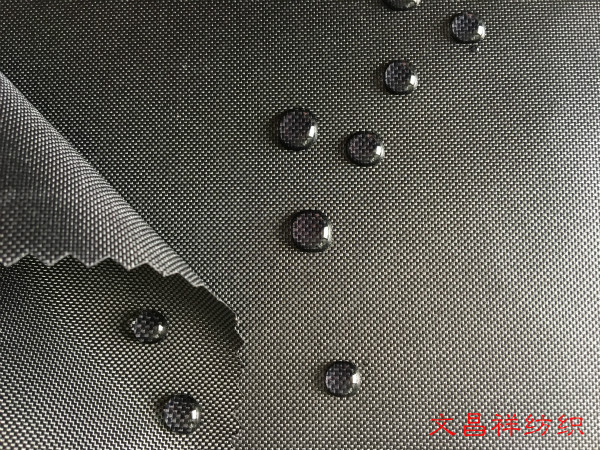Waterproof Oxford cloth: The development of waterproof and breathable fabrics mainly includes There are three methods of high-density weaving, fabric coating and microporous film lamination, among which polytetrafluoroethylene waterproof and breathable lamination processing is the most typical. Since the PTFE microporous film has a certain contact angle and micropore radius, it has certain water pressure resistance and moisture permeability properties. The laminated fabric produced by the biaxially stretched PTFE microporous film is waterproof and windproof. properties and moisture permeability.

Antistatic Oxford cloth: The antistatic methods of fabrics mainly include inlaid conductive fiber method and fabric surface finishing method. The use of inlay weaving conductive fiber method (co-woven with metal wire) can enhance the antistatic properties of the fabric, and the effect is long-lasting. It can also improve the hygroscopicity and anti-fouling properties of the fabric. The surface finishing method of antistatic fabrics is a method for synthetic fibers. The fabric is treated with antistatic resin. These antistatic agents cover the surface of the fabric and increase the conductive properties of the fiber by absorbing moisture –600D Oxford cloth

Flame-retardant Oxford cloth: One way to obtain flame retardant properties in fabrics is to copolymerize flame retardant monomers with polymers or add flame retardants to the polymers, and then process them into blended fibers, which are then woven into flame retardant fabrics; Another method is to treat the fabric with flame retardant by spraying, padding or coating. When encountering fire, the flame retardant will undergo physical and chemical reactions to achieve the flame retardant effect –Oxford Cloth
Suzhou Textile: tent fabrics, luggage fabrics, Wholesale manufacturer of Oxford fabrics such as stroller fabrics, consultation hotline: 400-837-9793
</p






